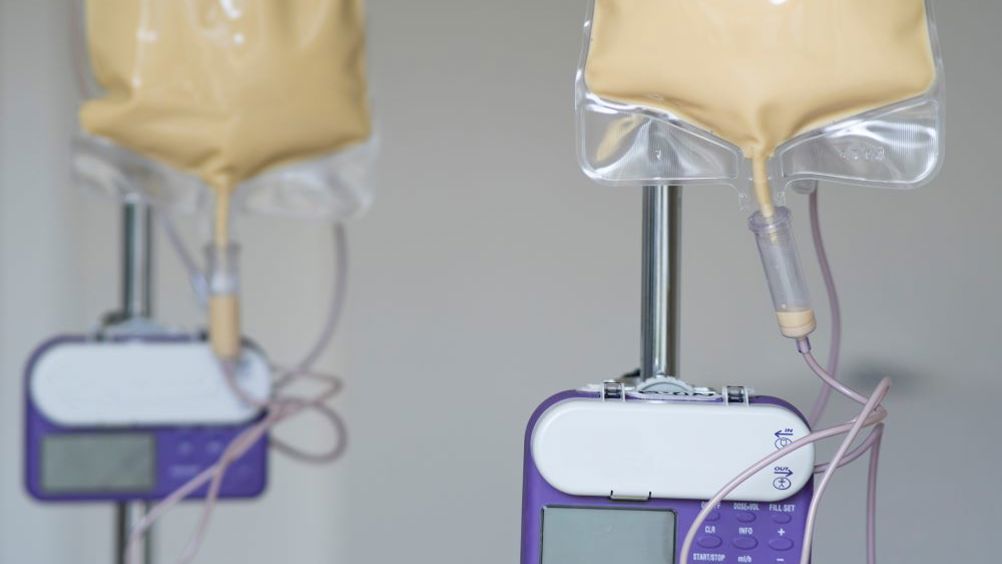References
Capacity strengthening for clinical nutrition in Zambia: a roadmap for success in tackling undernutrition

Clinical nutrition is a complex science that constantly changes in response to the changing burden of disease and new evidence (Gallegos, 2020). An issue often ‘hidden in plain sight’ is that patients in hospital are at risk of undernutrition and, unless proactive nutrition assessments, such as the Malnutrition Universal Screening Tool (MUST) and interventions are made, this unnoticed problem will continue to be associated with increased complications, infections, longer lengths of stay, higher costs (both at micro and macro levels), and higher mortality (Blaauw et al, 2019. Stratton, 2023).
For individuals and families in low-income countries (LIC) this is further compounded by chronic poverty and food insecurity (Siddiqui et al, 2020). As the World Food Programme (2024) has pointed out, in 2023, an estimated 333 million people experienced acute levels of food insecurity, with individuals not knowing where their next meal was coming from. In consequence, people admitted to hospital may already be undernourished and, from the limited literature available in sub-Saharan Africa, Miyoba et al (2018) identified that more than 60% of adult inpatients in Zambia were at nutritional risk.
Register now to continue reading
Thank you for visiting British Journal of Nursing and reading some of our peer-reviewed resources for nurses. To read more, please register today. You’ll enjoy the following great benefits:
What's included
-
Limited access to clinical or professional articles
-
Unlimited access to the latest news, blogs and video content

